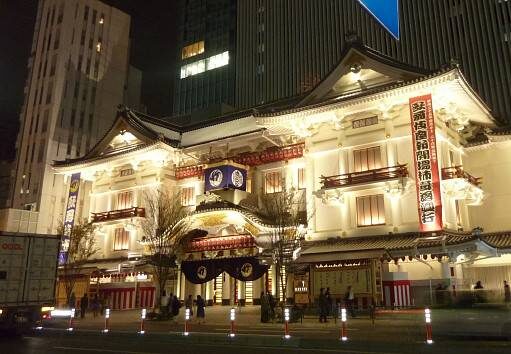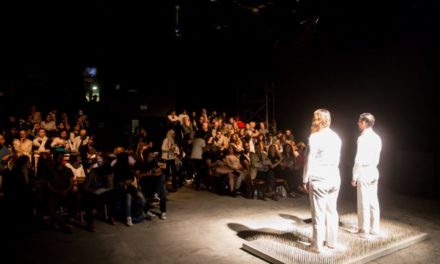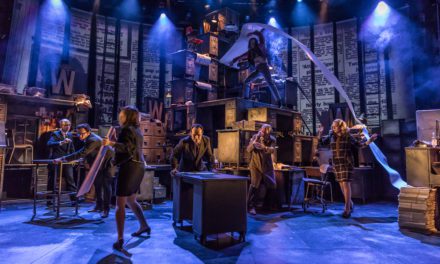Responses to the spread of the COVID-19 virus have varied widely from country to country and are changing from one day to the next. So, while Broadway shows in New York have shut down for at least a month, West End productions in London have been canceled until further notice.
In Japan’s theater world the situation has been somewhat mixed since Feb. 26, when Prime Minister Shinzo Abe first asked organizers of large public events to demonstrate self-restraint. As a result, Kabuki-za and other kabuki theaters in the capital and elsewhere remain closed; the large, private Akasaka ACT Theater in Tokyo canceled programs until March 17; and at the capital’s newly rebuilt Parco Theater the first night of “Pizarro” was put back a week. Most public theaters — which receive public money — have also followed suit, along with leading companies such as K-ballet.
However, as Abe issued a request and not an order, Tokyo’s privately owned, medium-size Kinokuniya Southern Theater — as well as several mostly small theaters and companies — are carrying on while advising audiences to wear face masks and sanitize their hands. Then, somewhere in between, venues such as New National Theatre, Tokyo, and Setagaya Public Theatre have halted their productions, but are presenting those of visiting companies who wish.
Festivals and other short-term arts events also face challenges. As the executive director of Theater Commons Tokyo (TCT), an annual festival of contemporary theater, Chiaki Soma was under mounting pressure as the 11-day event’s scheduled Feb. 27 opening approached. “If we tried to aim for zero risks, the only course was to do nothing and abandon this year’s edition of TCT,” she says. “Hence we’ve sought out possible ways to present works while trying to keep the risk as low as possible.” In practice, Soma says she engaged with organizations on TCT’s executive committee, including Arts Commons Tokyo and various international cultural institutions, as they explored how to preserve the playlist as much as possible. Consequently, five of the 12 programs were held at venues as planned, and the others were switched to online distribution — an option that suits TCT well as it also features discussion forums, readings, and lectures.
Meanwhile, though the local authority told Za-Koenji Public Theatre in Tokyo’s Suginami Ward to close until the end of March, its artistic director, Makoto Sato, fears that there’s more to the issue. “Many people are just talking about freedom of expression for performers, but I think it’s also important to focus on local people’s freedom to meet up together,” he says. Besides noting that audiences give performing arts meaning, he says that a theater is a public space serving those in its locality and beyond. “We don’t have enough data on this virus so it’s very difficult for us to assess it and make a long-term plan,” he says. “But there’s a real danger that once we stretch the interpretation of ‘prevention’ further and further, it could become boundless.”
Along with cinema, it seems theater is one of the arts still operating in Japan. But for how long remains to be seen.
This article was originally posted at japantimes.co on March 27th, 2020, and has been reposted with permission. To read the original article, click here
This post was written by the author in their personal capacity.The opinions expressed in this article are the author’s own and do not reflect the view of The Theatre Times, their staff or collaborators.
This post was written by Nobuko Tanaka.
The views expressed here belong to the author and do not necessarily reflect our views and opinions.


















